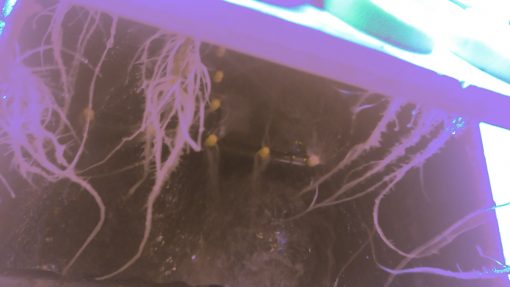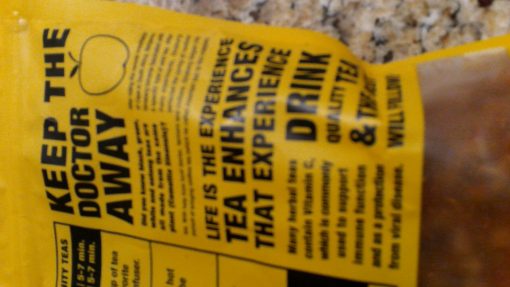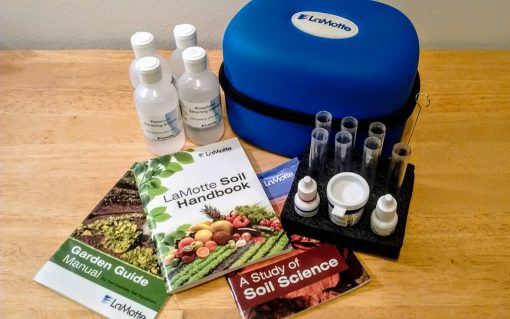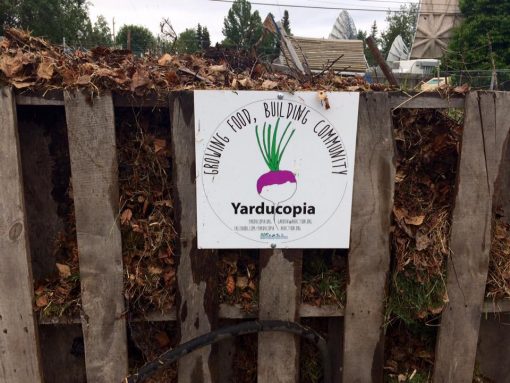
In this post, we focus our attention on aphids. You’re likely to cross paths with these insects, so here is some basic information to assist in recognizing them. Two common species include birch aphids and giant conifer aphids. Although an aphid infestation could potentially cause some stunting in your garden, these two particular types of aphids are not believed to be much of a pest. Aphids are best managed with preventative measures, but if necessary, there are strategies for managing them if an infestation is underway. Below, I will describe Read More …






